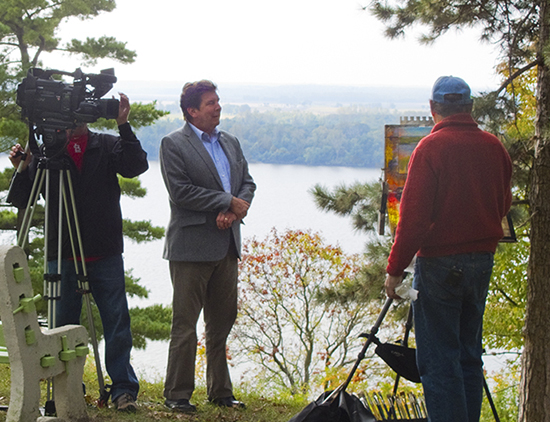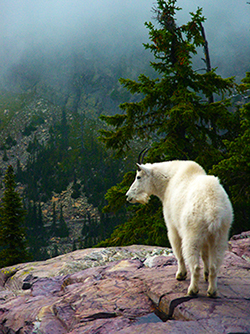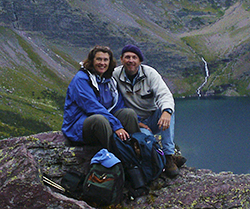An Artist's Tour of Provence - Part I
|
Next
An Artist's Tour of Provence - Part I Ten Great Places You'll Want to Paint The south of France holds so many charms for the traveling artist that it must rank at the top of anyone’s bucket list. The region of Provence is one of the oldest areas of France, having been occupied since prehistoric times. In fact, the coast of Provence has some of the earliest known sites of human habitation in Europe. Primitive stone tools dated to 1 to 1.05 million years B.C. have been found in the Grotte du Vallonnet near Roquebrune-Cap-Martin, between Monaco and Menton. Artists have been painting in Provence since prehistoric times as well—paintings of bison, seals, auks and horses dating to between 27,000 and 19,000 B.C. have been found in the Cosquer Cave near Marseille. The Romans made the region into the first Roman province beyond the Alps and called it Provincia Romana, which evolved into the present name. They ruled the area from the 2nd century B.C. to the 5th century A.D. during which time the aqueducts, baths, arenas, theaters, villas and monuments were built, many of which can still be seen today. It is certainly one of our favorite places in France to visit and paint, and over the years we have found some special spots which we return to as often as possible.
For lodging, one can find every level of accommodation, from the humblest, inexpensive gite to the swankiest hotel/spa. Travel overseas can be exhausting, so when we have a class arriving from the U.S., we like to book them into the most comfortable hotel possible. We have been fortunate to base two of our workshops out of Le Pigonnet, a 5-star hotel situated on a private, gated street near to the old center of Aix, or centre ville. Service and comfort aside, a prime attraction of Le Pigonnet is the magnificent garden which occupies the rear of the property. It is an idyllic oasis in the heart of a bustling college town and a perfect spot to start a day of painting or relax when the day is done. On our last visit, the hotel was still distinctly Old World French in decor and there was great variability in the look of each room. Since then, they have renovated the interiors into a more modern Euro-style. The location of Le Pigonnet allows for an easy walk to the old, scenic parts of the centre ville where the interesting narrow streets wind around from square to square. These light-filled squares usually feature a central fountain which fills with water from underground springs—water brought to Aix originally by the Roman engineers, and still flowing today. The squares are community gathering spots and host the weekly markets for produce, flea market goods, flowers and entertainment. Painting opportunities abound. Subject matter is nearly infinite, and we love to wander around taking it all in. One can almost randomly pick a spot or scene and make a beautiful painting from the inspiration around every corner. Above all is the strong, clear light of Provence which has attracted artists here since the dawn of time. Of course, Paul Cezanne may be the most well-known Aixois, but Picasso also lived just outside Aix at Château de Vauvenargues for three years. Other artists who have either painted there or called Provence their home are: Adolphe Monticelli (1824–1886) was born in Marseille, moved to Paris in 1846 and returned to Marseille in 1870. His work influenced Vincent van Gogh who greatly admired him. So consider yourself among the best kind of company when roaming the historic area of Provence as well as the streets of Aix. The famed Provençal light permeates everything as it bounces off the buildings and down into the shadowed streets and alleys. It seems that every building is painted in the warm hues of sunlight or made from local stone so that the atmosphere is filled with radiance and color. Then there is the color and bustling activity of the street markets to take in—especially the flower market. The countryside around Provence is dotted with greenhouses and farms which bring the freshest products into Aix each week. After a long drab winter a visit to the flower market on a sunny day in April is a delight for our senses.
As we explore the old town with its many winding alleys, rues and passageways, we always discover interesting subjects to paint. The play of the strong Mediterranean light upon the buildings creates wonderful contrasts of shadow and light. We do memorize the map of the main routes back to our starting point before we set off, but after that, we just wander, inviting ourselves to get a little lost in the process. Inevitably we come upon something delightful - an old fountain or a narrow alley filled with colorful doorways or laundry strung across on a line - all sorts of intriguing Provencal details that beg to be painted. We keep a sharp eye open for unexpected architecture and geometry that can work well in a painting. This passageway penetrates several buildings and connects a central square with the Cours Mirabeau, which bisects the centre ville. One has to know where to find the entrance to it, as it is a bit below street level, and surrounded by vendor's stalls. At the Cours Mirabeau end of the alley, it narrows down to an opening only wide enough for one person to squeeze through at a time! (Above: The Alley - Aix, 16 x 12", Watercolor, John Hulsey) An example of the kind of happy situations one can discover wandering the streets is illustrated above. One of our workshop participants, the artist Cindy Wheeler, was with us on our first day in Aix, before the rest of the class arrived. We took the opportunity of a free day to wander around and came upon some children playing hide and seek in a sunny square while their parents sat at a nearby cafe. As Cindy sketched, I quickly set up my watercolor gear and executed a very fast watercolor while the kids were at play. When I was done, they came over and, in my best French, we discussed the picture, occasionally stumbling over words I did not know. These are the kind of interactions and experiences we live for whenever we travel. Exploring the Countryside Day trips for our workshops were accomplished with a private coach, but it is fun to rent a car to go exploring. Rental cars in France can come with GPS, something we find very useful. France has some wonderful super highways that can speed one around with amazing efficiency. But, if you want to explore the small towns, one has to get off onto the side roads, and without a good map and a vigilant eye, the numerous connections, round-abouts or rond-points and directional changes can get one lost in a hurry. So don’t be in a hurry! One time, I was the navigator as we sped up the highway on our way from Aix to Lourmarin and the Luberon. I am so used to the vast distances and hours-long trips of the Midwest that I misread the scale of the map and went way past our exit. It wasn’t until we all began to notice the snow-capped mountains of the Italian Alps looming on the horizon that we realized how far afield I had led us. No worries, though. We simply got off at the next exit and artfully wound our way through the scenery and multitudes of road connections until we arrived at our destination—the village of Lourmarin—just in time for a sumptuous picnic lunch. We make it a policy to always gather up supplies for a good picnic before we get lost.
We learned about Ventabren several years ago from a local who emphasized that it was an undiscovered, tourist-free village of true Provencal charm, and, he was right. Since then, Ventabren has developed considerably graduating from a small Provençal village to a vast residential municipality, with new houses mushrooming and extending below the village on to the plains which surround it. Even so, it is still a quiet village and the folks who live there maintain their traditional ways of life. Make sure you also visit the ruins of the Château de la Reine Jeanne. From the foot of the ruins you can enjoy a wide panoramic view over the Etang de Berre, the Etoile chain and Vitrolles.
Lunch was not to be missed and we joined Cindy Wheeler and our workshop partner at a wonderful little restaurant well-known for its food and spectacular aerial view of the countryside. Small portions of perfectly prepared local food combined with a glass of delicious Provencal rosé wine reminds one that there is more to life than work. There is joy in these little moments of leisurely pleasure and the restoration they provide. In this, the French are particularly expert. We spent the rest of the afternoon sight-seeing, taking photos and absorbing all we could of this charming village before we had to leave for a class dinner that evening at our hotel in Aix. The next day promised more adventure as we would saddle-up again to visit some of the remarkable medieval towns north of Aix. Stay tuned for Part II, when we visit Lourmarin, Roussillon and Gordes. Click on the image above to see a step-by-step painting demonstration. If you are traveling to France to paint, you may be interested in our French Language Phrases for Artists! Ready for more of Provence? Click here to read An Artist's Tour of Provence Part II.
|
Become an Artist's Road Member Today!
Already a Member?Log in here. To renew your membership, log in and follow the links. Search the SitePerspectivesNot ready to become a Member yet? Subscribe to our free email postcards, "Perspectives". Enter your email address here.
Member ContentFree ContentThe Artist's Road StoreNocturnes - A Primer on Night Painting Filled with inspirational examples by the masters of nightime painting, this little book is sure to fire up your creative energies. Never tried painting at night? We show you how it's done with a step-by-step-oil demo and a tale of night painting in the wilds of Rocky Mountain National Park. The Primer on Night Painting - Nocturnes is a 7 x 7" PDF download with 40 pages of text and images. It includes a gallery of paintings by masters of the nocturne, information to inspire and encourage you in your plein air nocturne painting, an illustrated step-by-step demo and tips for working in pastel and oil. Also available in a softcover edition. Check out the tools and other products that we use in our own art and travels in The Artist's Road Store. We only offer things for sale that we enthusiastically believe in.
About Us
|

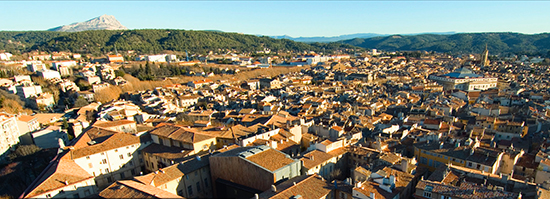

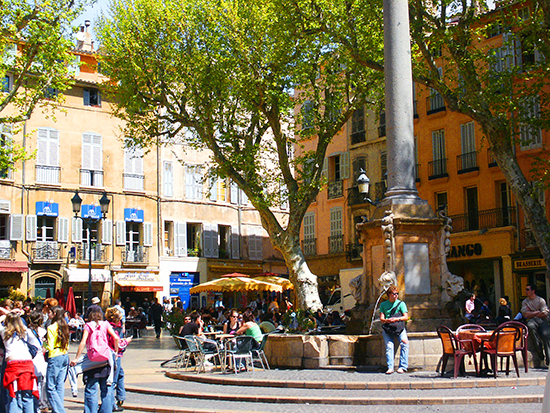

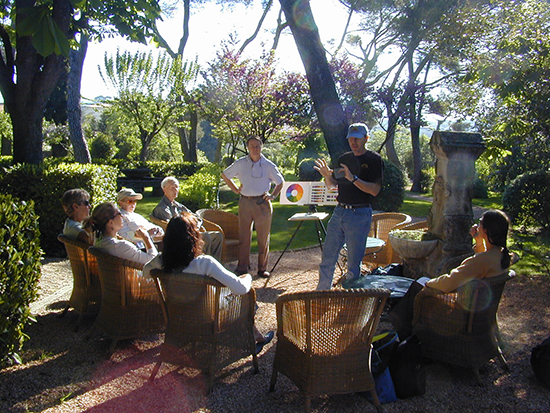






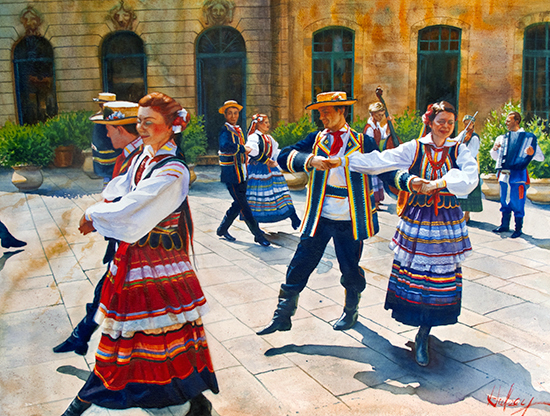
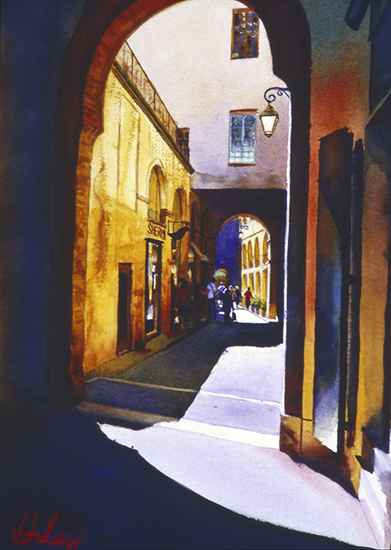
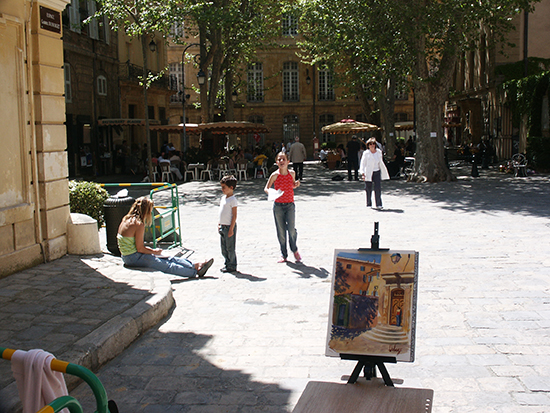


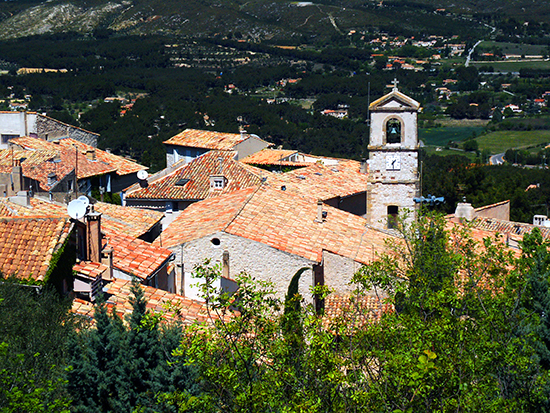

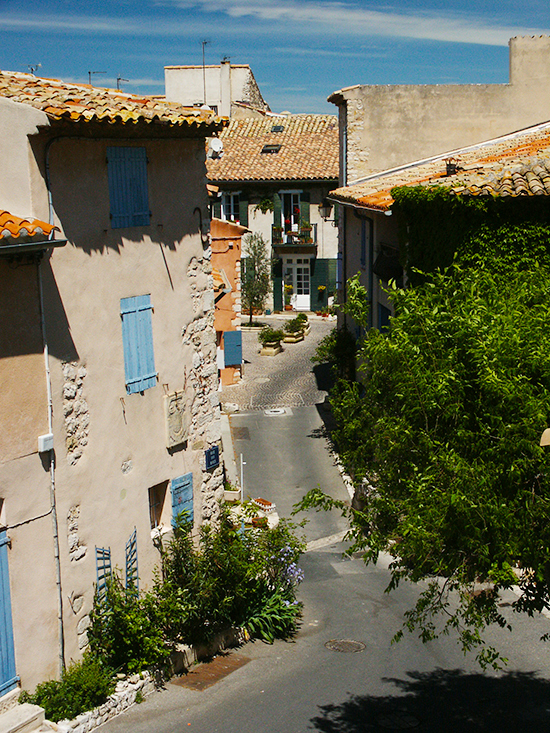




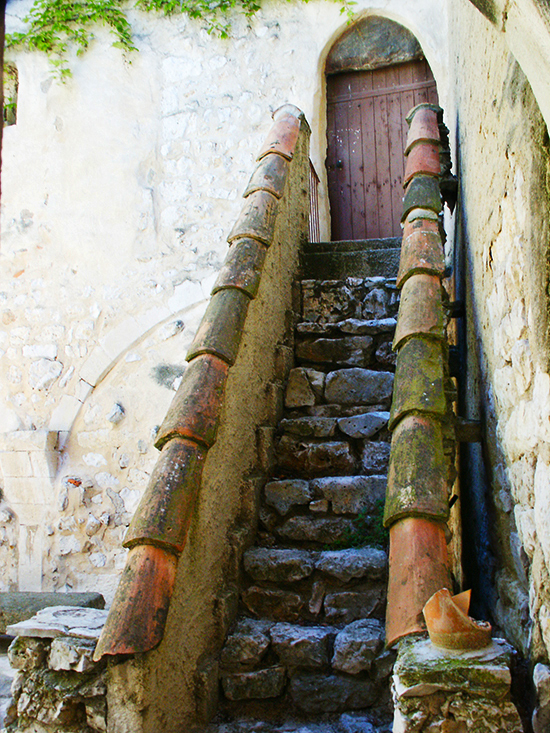

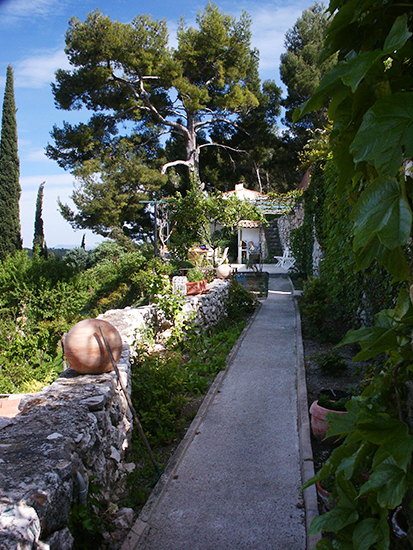






 Voices of Experience:Richard K. Blades
Voices of Experience:Richard K. Blades
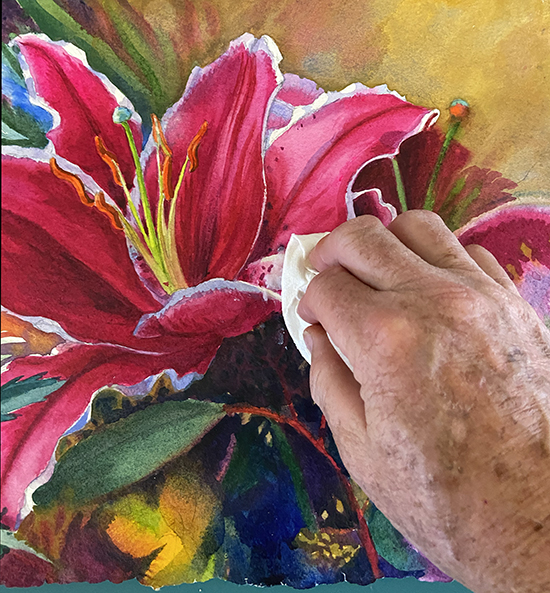 ing Watercolors
ing Watercolors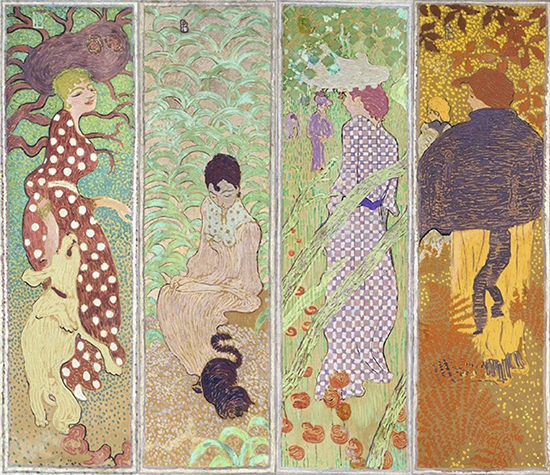
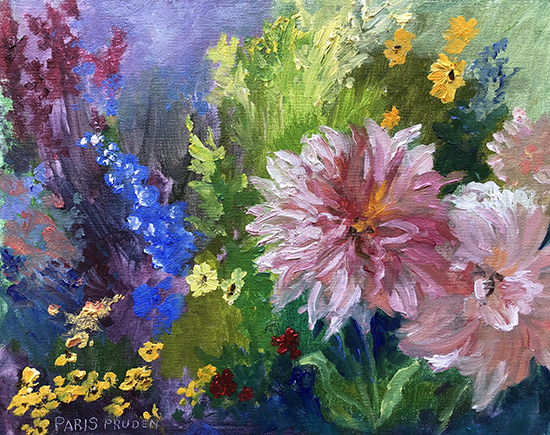
 Nocturne Notes
Nocturne Notes Inspiration in Monet's Gardens
Inspiration in Monet's Gardens
 The Watercolor Medium
The Watercolor Medium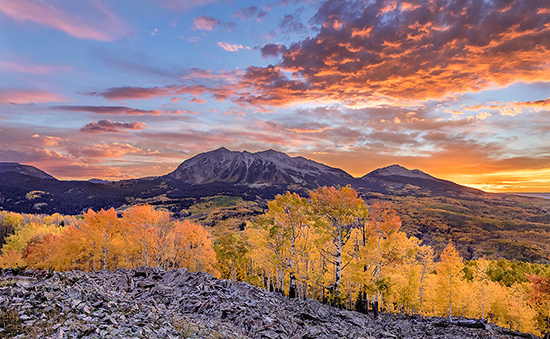
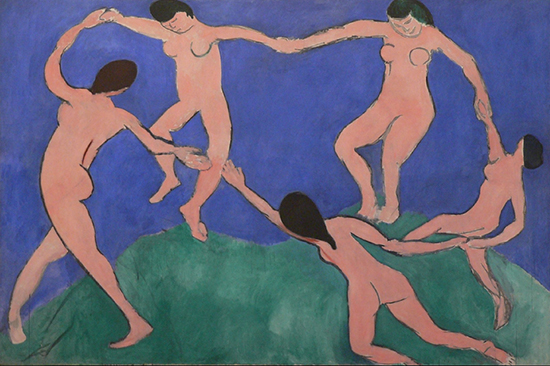 The Perspectives Archive
The Perspectives Archive